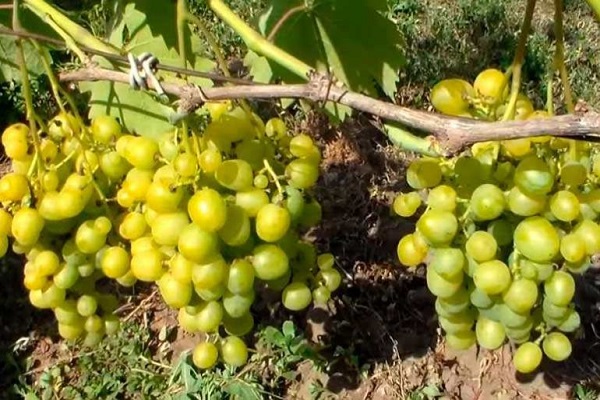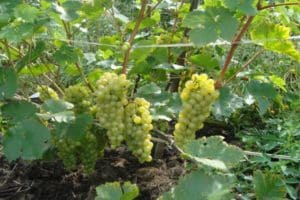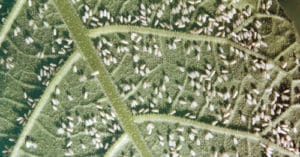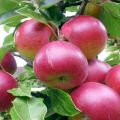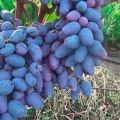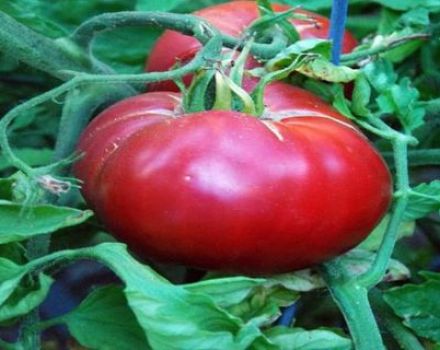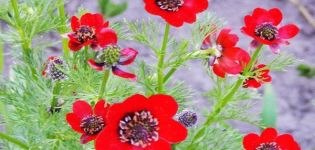Description of the Super Extra grape variety, features of cultivation and care
Grapes began to be grown more than 7 thousand years ago in Egypt, which is confirmed by the finds of those times. One of the earliest cultivated plants was grapes, which are mentioned in the Bible. Modern gardeners, summer residents began to increasingly develop new grape varieties with better characteristics than those of their progenitors, such as the Super Extra variety.
The history of the creation of the variety
The Super Extra variety, popularly called Citrine, was recently bred in the Rostov region by the winegrower Evgeny Georgievich Pavlovsky. Citrine was obtained empirically from a mixture of pollen from the Cardinal and Talisman varieties. It belongs to the very early varieties, used in any form, except for winemaking.

Description and characteristics
Sprawling bush, with strong vines, withstanding large cone-shaped clusters with large berries. The color of the berries is white, light green with a golden tint. Brushes from 0.5 kg to 2 kg, wide, medium-dense. Oval-shaped berries 8-12 g, berry length from 2.8 cm to 3.5 cm, width - 2.3 cm-2.5 cm. Sweet taste, sugar accumulation - 18%.
The inflorescences are bisexual, have an average degree of pollination, therefore, grapes of another pollinated variety should be planted next to this variety.
Description and characteristics of the Super Extra variety:
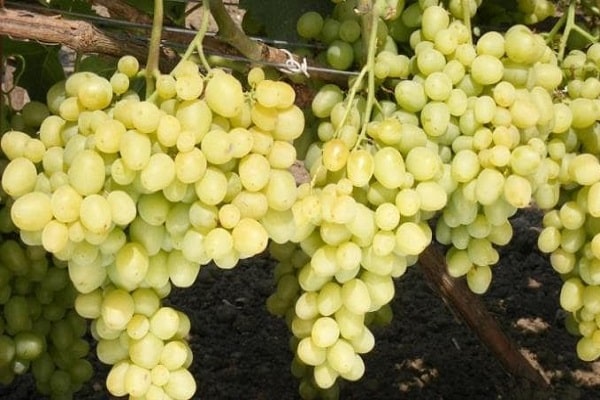
- Frost resistance up to -25 degrees.
- High productivity, large brushes.
- Resistant to fungal diseases.
- It is successfully transported over long distances without losing its presentation, the skin is thick, but tasty.
- Begins to bear fruit from the 2-3rd year.
- The same brushes are formed on the stepchildren.
- Sweet and sour taste with a pleasant nutmeg aroma.
- The root system is powerful, viable.
- Self-pollinated variety.
Super Extra is a variety that can be confused with Arcadia, but they have taste differences.
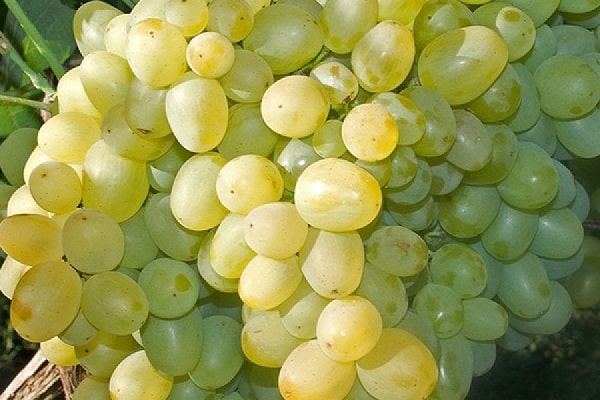
Advantages and disadvantages
Citrine grapes are unpretentious and have many advantages, therefore they are grown in most of the CIS countries.
Citrine advantages:
- Immune to mildew and oidium.
- Big annual harvest.
- Resistant to frost up to -25, unpretentious in care.
- Grows well in the shade and sun.
- Storage duration.
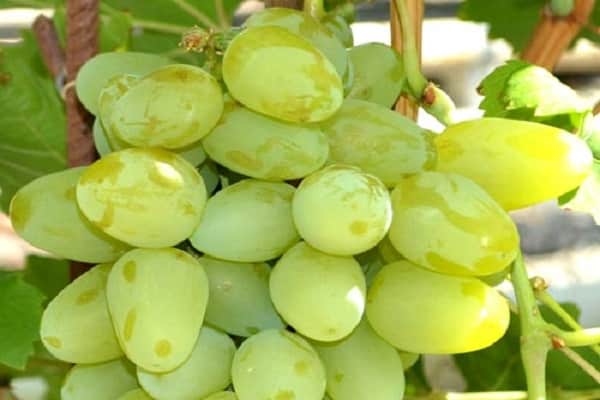
Disadvantages:
- Susceptible to phylloxera.
- Tough skin of berries.
- Large and small berries in one brush, may crack underneath.
The tough skin of the berries is edible and has no unpleasant or tart aftertaste. To prevent the appearance of phylloxera, preventive spraying is carried out in the spring. Therefore, of the disadvantages that cannot be eliminated, only different sizes of berries remain, which does not spoil the appearance of the bunch.
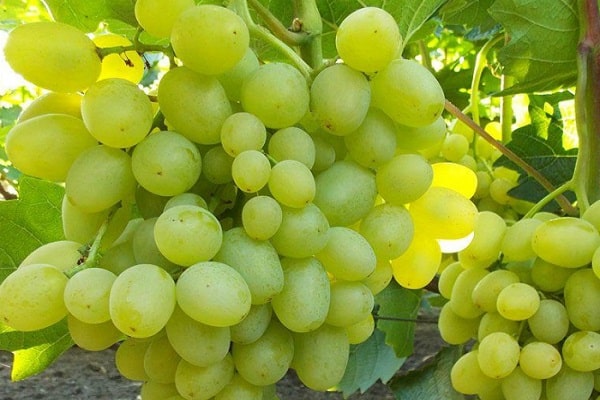
Planting and grooming tips
Grapes are grown in any soil, but it is better if it is light and soft with an admixture of sand, peat, organic fertilizers. They are planted on the southern, southwestern, southeastern side of the site, with no strong drafts.
The plant is shade-tolerant, so it can be planted under a fence or near the walls of a house. Dislikes too wet summers and frequent rains. It is unpretentious in care, watering can be carried out 1-2 times a month.
It is very important to normalize the crop so that heavy brushes do not break the vines. Up to 20 brushes are left on one bush. The replacement shoots should not be heavily loaded. Just like other varieties, you need to feed 2-3 times during the spring-summer season, carry out sanitary pruning of branches. In regions with winter temperatures above -25, it is better to make a shelter.
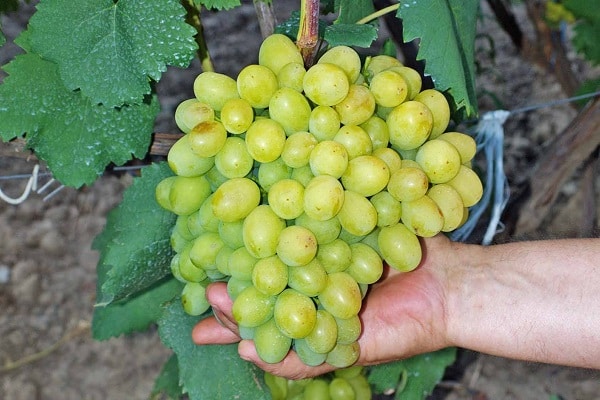
Ripening dates of fruits
Ripening occurs from flowering in 95-105 days. That allows you to grow the variety in the northern regions of the country, since by the end of July, at the beginning of August, the fruits are ready for consumption.
About diseases and pests
The variety is resistant to mildew, oidium, and is almost not attacked by ticks, aphids, wasps. May be eaten by flies, wasps in cracked areas and form a brown streak on the crack, but does not rot. To prevent eating berries, special protective nets are put on the bunches.
The most likely infections with improper agricultural practices and during the rainy season: anthracnose, phylloxera, chlorosis, bacteriosis. The grapes should be prophylactically sprayed with "Bi-58" or Bordeaux mixture, "Fitosporin", "Aktofit", "Urea", colloidal sulfur.
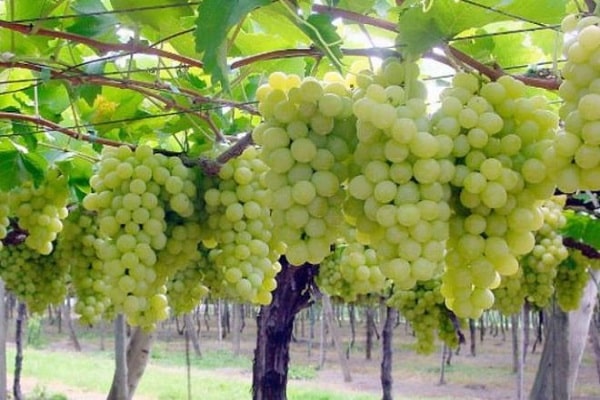
In which region is it better to grow?
The best growing regions have a mild warm climate, but grapes can be successfully grown in the central, southern part of Siberia. It is also grown throughout Ukraine and Belarus.
The yield of the variety is very high, without standardized pruning, it can ripen later than 90 days, but at the same time retain the size of berries and yield up to 25-30 kg.
